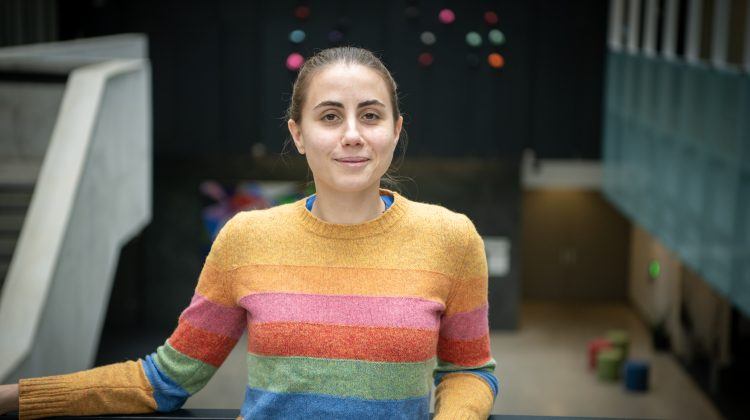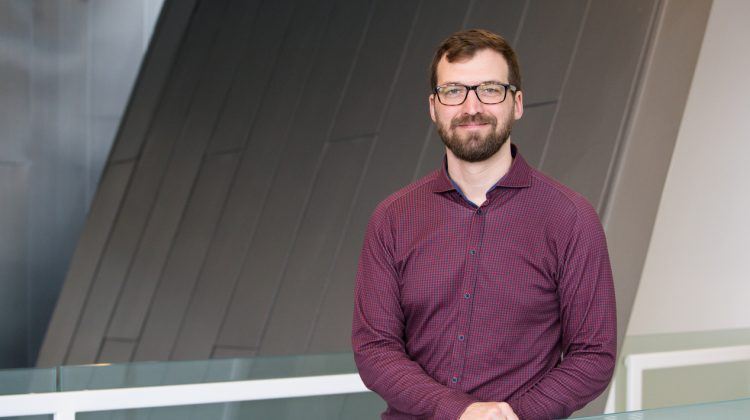Hardy's Paradox Confirmed Experimentally
PI faculty member Lucien Hardy’s Paradox has been confirmed experimentally by two research teams.

In 1992 PI faculty member Lucien Hardy proposed a thought experiment that gave a simple proof of non-locality in quantum theory that has since become known as Hardy’s Paradox, though strictly speaking it is a theorem. Although the classical scheme of particle behavior says that when matter and antimatter meet, they should annihilate one another in a burst of energy, Hardy’s Paradox showed it was theoretically possible that in some cases when a particle-antiparticle interaction is not observed they could interact with one another and survive.
In the last several months, two teams working independently have provided experimental confirmation of Hardy’s Theorem. In work published in Physical Review Letters, Perimeter Institute Affiliate Member Aephraim Steinberg and Jeff Lundeen, both of the University of Toronto, used a technique called ‘joint weak measurement’ of the locations of entangled pairs of photons, which were substituted for the particle-antiparticles of Hardy’s Theorem (Physical Review Letters 102:020404). The weak measurement technique was pioneered by Yakir Aharonov, a Perimeter Institute Distinguished Research Chair who is also a professor of theoretical condensed matter physics at Chapman University. Weak measurement can achieve the effect of measuring quantum states, which normally cannot be measured without destroying them, by not gathering enough information from any one interaction to make a “full” measurement, and then pooling these partial results so that the total yields meaningful measurements. In independent work published shortly afterwards in the New Journal of Physics Kazuhiro Yokota of Osaka University and colleagues also confirmed Hardy’s paradox using a slightly different experimental setup that also employed weak measurement (New Journal of Physics 11: 033011).
In both cases, pairs of photons were entangled via polarization. Photons make a reasonable substitute for the particles and antiparticles in Hardy’s thought experiment, since they obey the same quantum-mechanical rules. Using pairs of interferometers they were able to gather joint weak measurements that did not interfere with the path of the photons. Both teams measured more photons at some detectors and fewer in others than classical physics would predict, confirming Hardy’s Paradox. According to Dr. Steinberg, “Until recently, it seemed impossible to carry out Hardy’s proposal in practice, let alone to confirm or resolve the paradox. We have finally been able to do so, and to apply Aharonov’s methods to the problem, showing that there is a way, even in quantum mechanics, in which one can quite consistently discuss past events even after they are over and done.”
These results are a significant milestone, in that they may offer a method for getting around the fact that observation inherently changes a quantum system. In addition to the inherent interest of the result, the techniques employed by the research teams are also likely to be useful in quantum metrology, and quantum information technology.
























































































